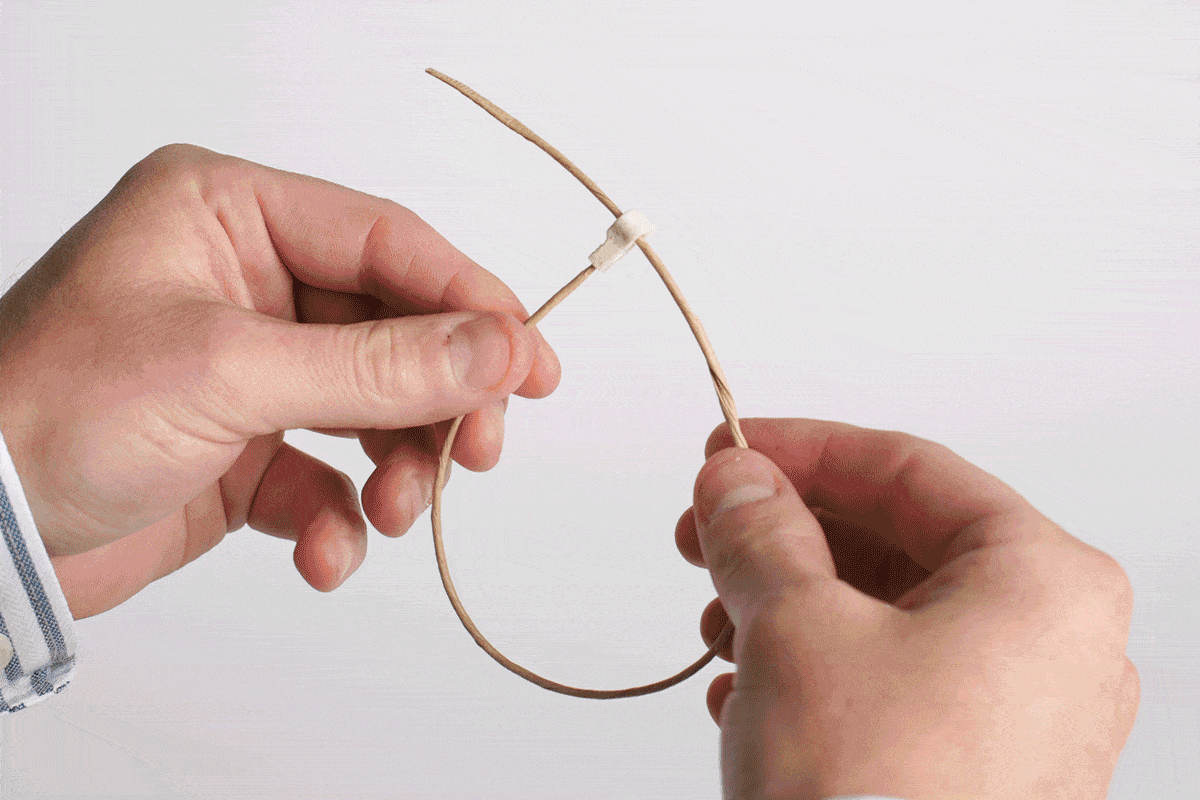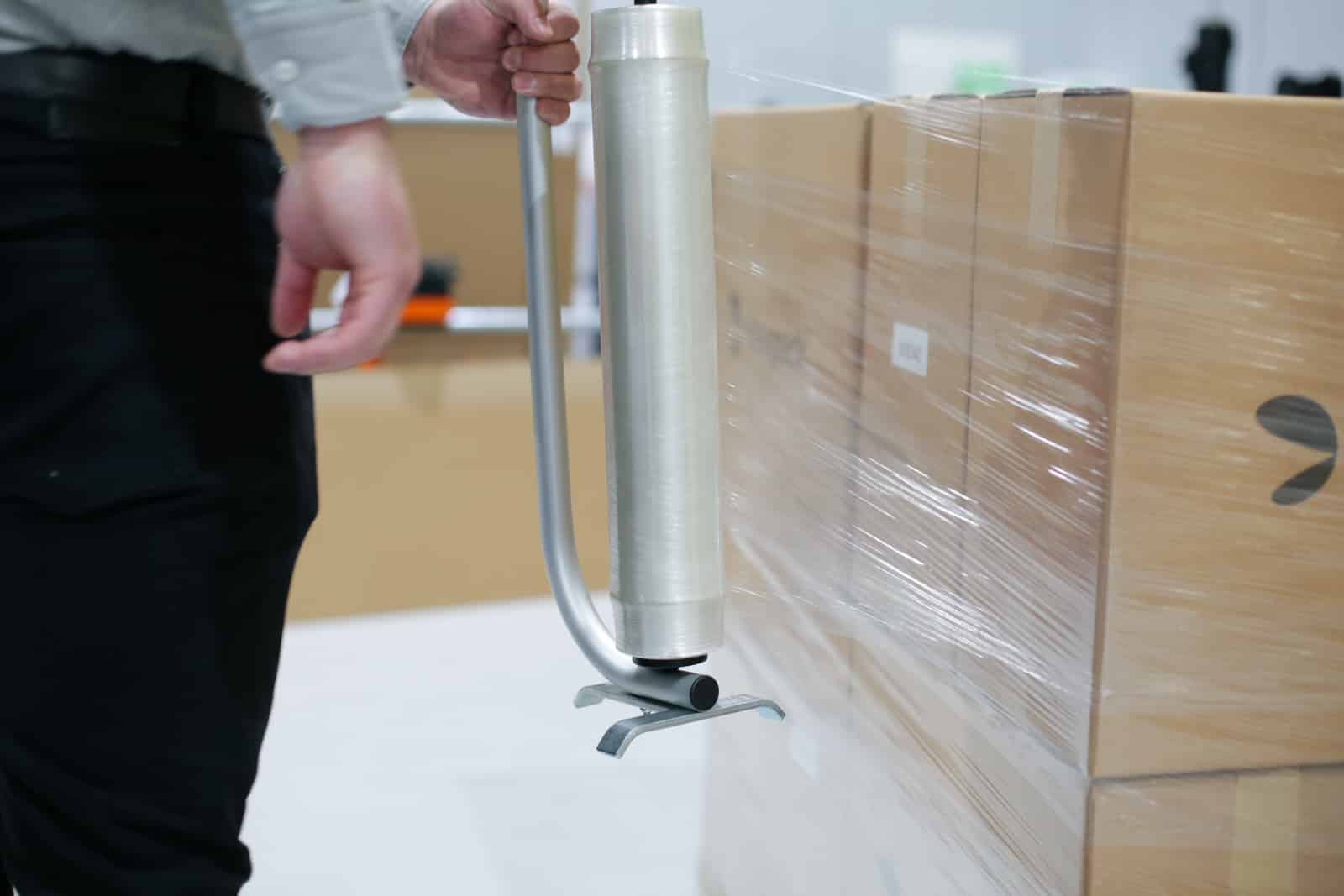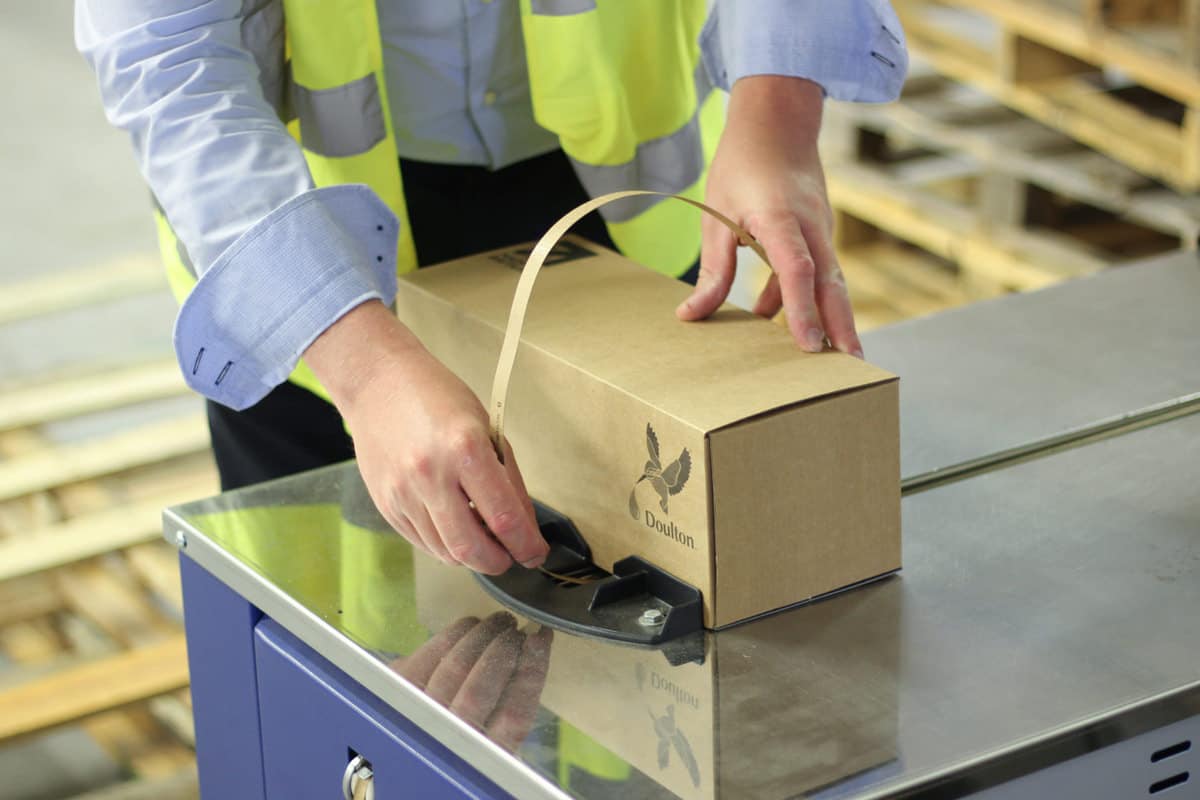Your Guide To: Automotive Packaging
Whether you are an original equipment manufacturer (OEM), System/ Module (Tier 1), Components (Tier 2) or Parts (Tier 3) supplier, automotive packaging plays a crucial role throughout the entire supply chain. At every stage of the supply chain, from manufacturing to distribution, packaging serves as a protective barrier that ensures the integrity of the product is maintained. Automotive packaging is designed to protect the product from damage, contamination, and other hazards that could compromise the quality of the product. It also helps to ensure that the product arrives at its destination in the same condition it left the manufacturing facility.
Did you know?
The UK automotive industry is a key pillar in the United Kingdom’s economy, contributing around £15.3 billion and 860,000 jobs (Statista, 2021). The COVID-19 pandemic has led to a drop in car sales and exports; however, according to Statista (2022), 80% of cars produced in the UK are shipped worldwide, highlighting the significant magnitude of the UK’s automotive manufacturing sector. As a result, high-quality automotive packaging is critical for protecting and preserving the products during the transportation process, regardless of whether you are an OEM, System/Module (Tier 1), Components (Tier 2), or Parts (Tier 3) supplier.





